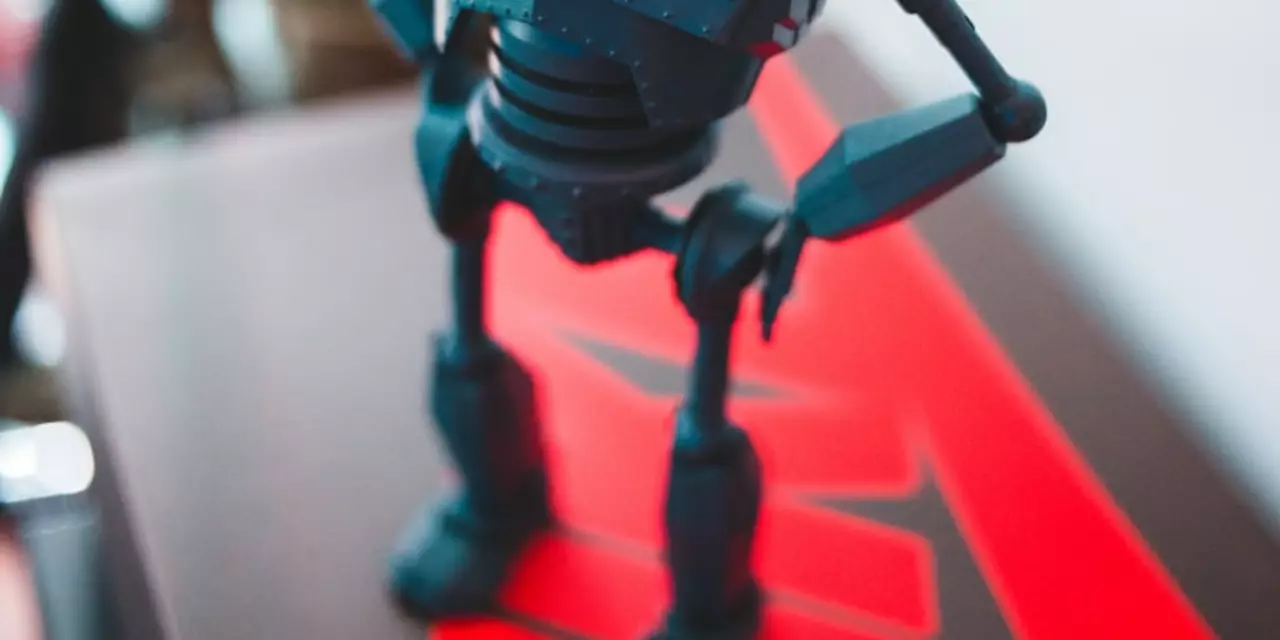Organising Rope Bondage Sessions Made Easy
If you’re new to shibari or just want a smoother session, good organising is the key. It doesn’t have to be a huge time‑sink – a few simple habits keep everything safe and fun. In this guide we’ll walk through the basics: setting up the space, checking your rope, and keeping safety in mind.
Plan Your Space and Safety First
Start by picking a room that’s clean, dry, and has enough room to move around. Clear the floor of clutter – shoes, cords, anything that could get caught in the rope. A soft mat or blanket under the person being tied adds comfort and prevents bruises.
Next, think about exits. Make sure the door isn’t blocked and that you can reach the person quickly if something goes wrong. Keep safety scissors or a rescue cutter within arm’s reach; you’ll thank yourself later.
Talk with your partner before you begin. Agree on limits, safe words, and signals for when the rope feels too tight. A quick check‑in about how they’re feeling saves a lot of guesswork during the tie.
Prep Your Rope and Tools
Choose rope that’s appropriate for the style you plan to use. Natural fibre rope (jute or hemp) feels great on skin but can be rough if it’s old or dirty. Synthetic rope is smoother but can slip more. Whatever you pick, give it a quick inspection – look for frayed ends, knots that don’t sit right, or any stains.
Cut the rope to the length you need, then roll it loosely. A loosely rolled rope is quick to pull out and less likely to tangle. If you have multiple ropes, label them or keep them in separate bins so you don’t mix sizes during the session.
Keep a small kit handy: safety scissors, a small towel, water bottle, and any lubricants you use. Having everything in a basket or tote means you won’t scramble for items halfway through.
Finally, do a quick practice run. Tie a simple knot or a basic forearm harness on a dummy or even on yourself. This brief rehearsal spots any knots that feel awkward and builds confidence before the real thing.
When everything’s set, you’re ready to start. Begin with gentle ties, check circulation often, and keep the conversation open. If something feels off, pause, adjust, or untie. Good organising keeps the focus on pleasure, not on fixing problems.
Stick to these steps for each session and you’ll notice a smoother flow, fewer interruptions, and more enjoyment for both you and your partner. Organising isn’t a chore – it’s the foundation for safe, satisfying rope play.
